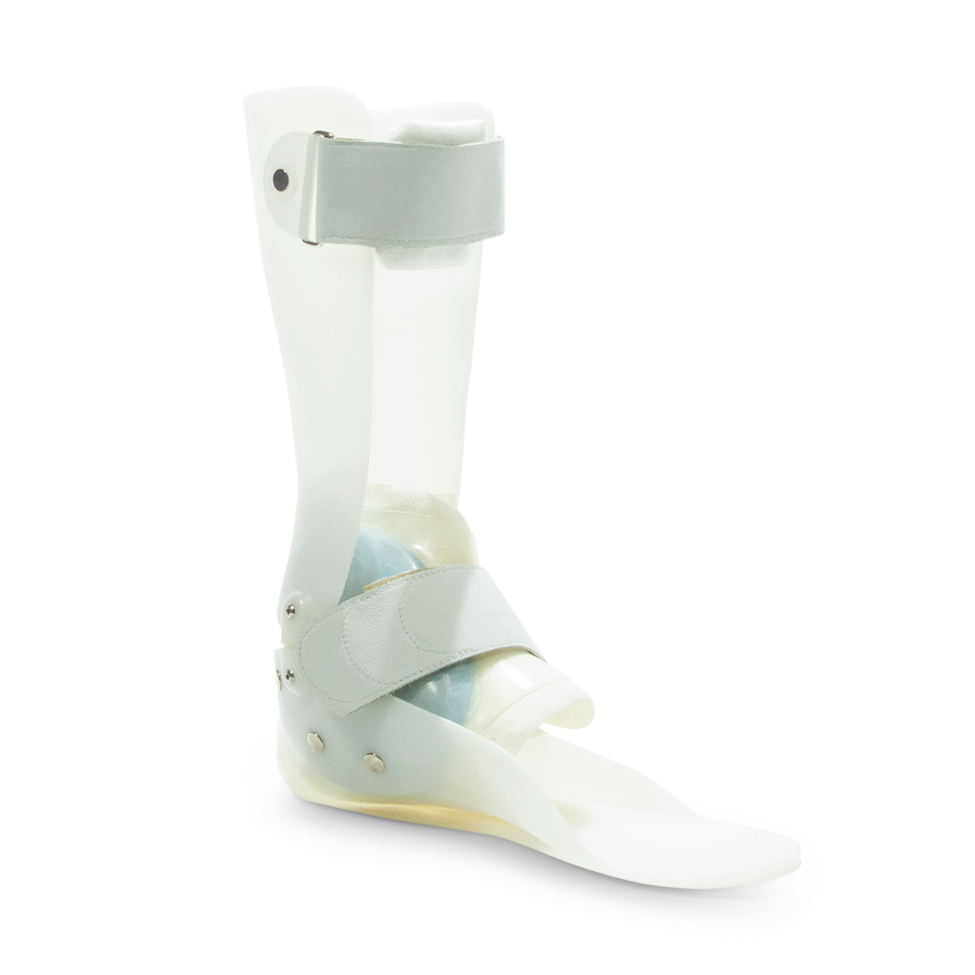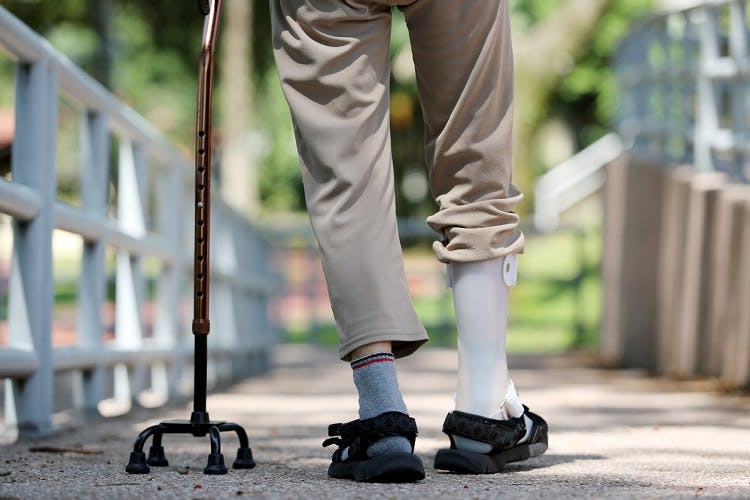Foot Braces Fundamentals Explained
Foot Braces Fundamentals Explained
Blog Article
Foot Braces Things To Know Before You Get This
Table of Contents9 Easy Facts About Foot Braces DescribedNot known Details About Foot Braces The Main Principles Of Foot Braces
(1) History: ankle-foot orthosis (AFO) is one of the most commonly suggested orthosis to people with foot decrease, and ankle joint and foot issues. In this study, we intended to assess the typically used kinds of AFO and present the recent development of AFO. (2) Techniques: narrative testimonial. (3) Outcomes: AFO avoids the foot from being dragged, gives a clearance in between the foot and the ground in the turning phase of stride, and preserves a steady pose by enabling heel call with the ground during the stance phase.By putting thermoformed plastic to cover the positive plaster model, it creates the orthosis in the precise form of the design. PAFO frequently contains a shank covering, foot plate, and Velcro band, with hinges on ankle joint joints as needed [13,14] PAFO can be identified according to the presence of hinges, mainly as solid ankle kinds without hinges and pivoted ankle joint kinds with extra joints.
The leaf-like creases are meant to reinforce the component of the ankle joint with one of the most amount of movement and his explanation duplicated loadings. The creases act as try here a springtime in the ankle that permits small dorsiflexion in the mid and incurable stances, and this elasticity can also marginally assist the push-off function in the incurable position.

Unknown Facts About Foot Braces
The plantarflexion can likewise be entirely limited by fitting the shells at 90 without space in between. The Gillette joint, like the Oklahoma joint, links a separate shank covering with the foot shell, enabling both plantarflexion and dorsiflexion. HAFO is widely made use of in youngsters with spastic diplegia and patients with abnormal hemiplegia after stroke, as it can extend the ankle joint plantar flexor to reduce tightness and reduce topsy-turvy muscle-response patterns.
